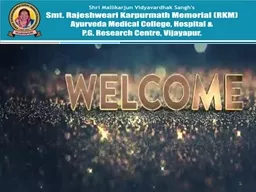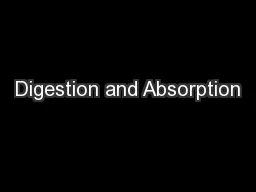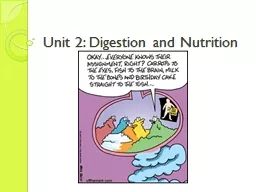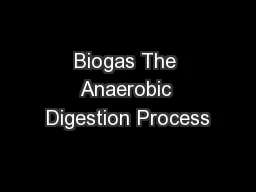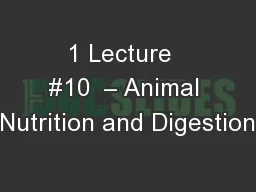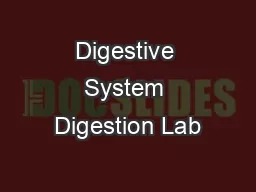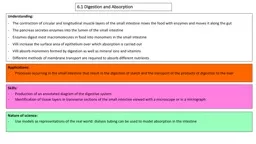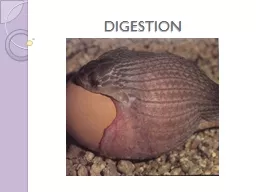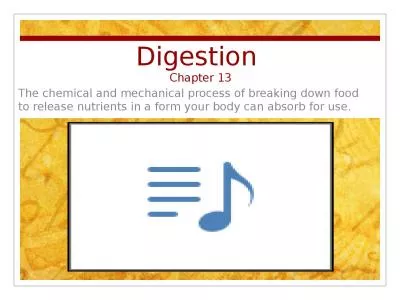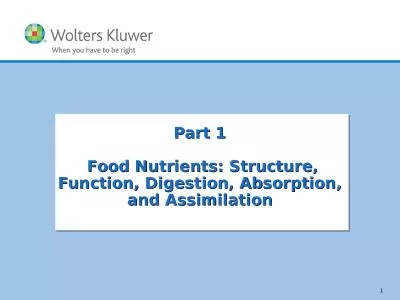PPT-1 2 THE PROCESS OF AHARA PAKA AND DIGESTION
Author : projoutr | Published Date : 2020-10-22
3 Vd Mrinal N Rudragoudar Asst Professor Dept Of Kriya Sharir SMVVS RKM AMCH amp RESEARCH CENTER Emaildrmnr1991gmailcom Mobile 9036632670 CONTENTS Introduction
Presentation Embed Code
Download Presentation
Download Presentation The PPT/PDF document "1 2 THE PROCESS OF AHARA PAKA AND DIGEST..." is the property of its rightful owner. Permission is granted to download and print the materials on this website for personal, non-commercial use only, and to display it on your personal computer provided you do not modify the materials and that you retain all copyright notices contained in the materials. By downloading content from our website, you accept the terms of this agreement.
1 2 THE PROCESS OF AHARA PAKA AND DIGESTION: Transcript
Download Rules Of Document
"1 2 THE PROCESS OF AHARA PAKA AND DIGESTION"The content belongs to its owner. You may download and print it for personal use, without modification, and keep all copyright notices. By downloading, you agree to these terms.
Related Documents

